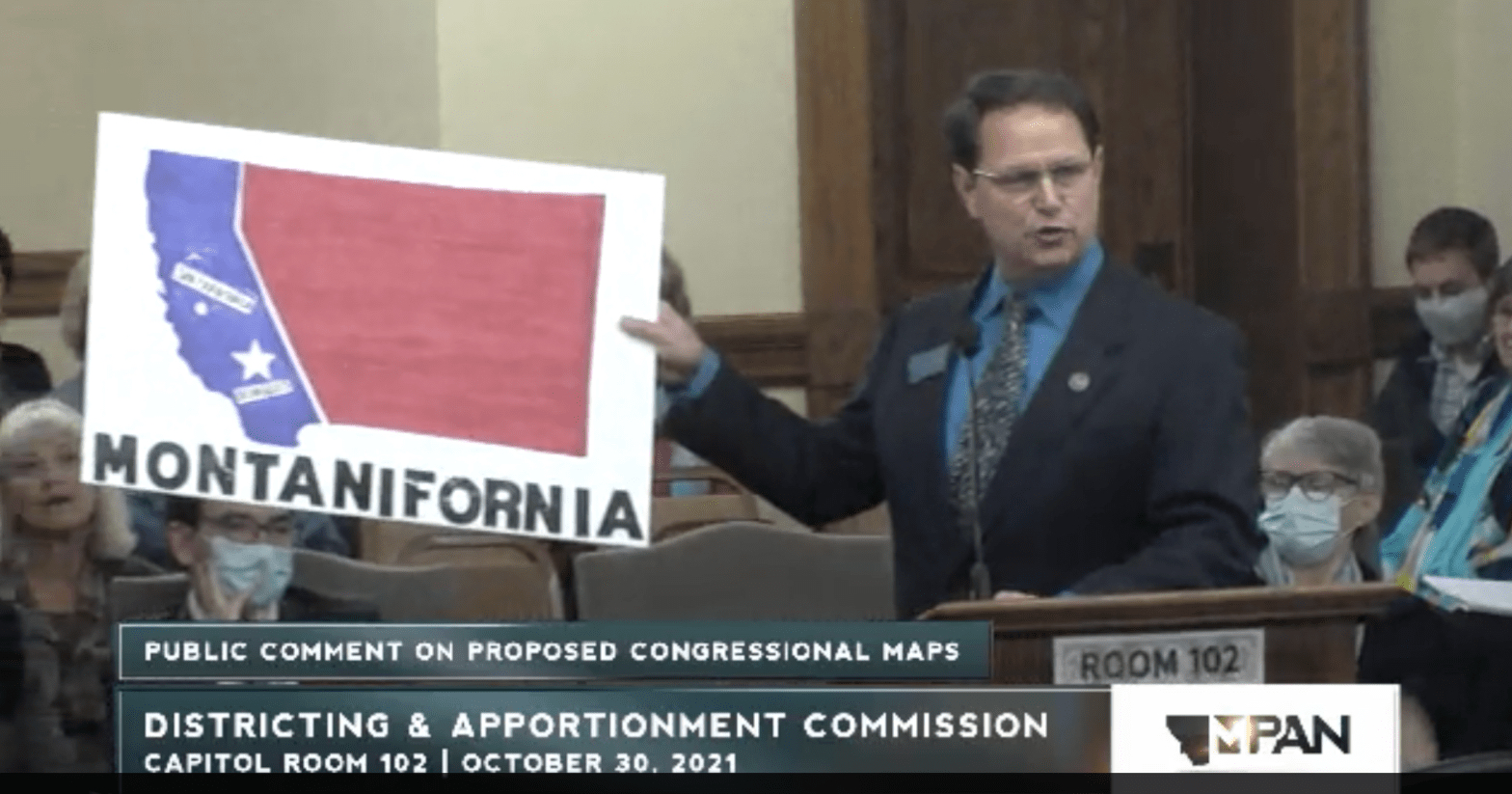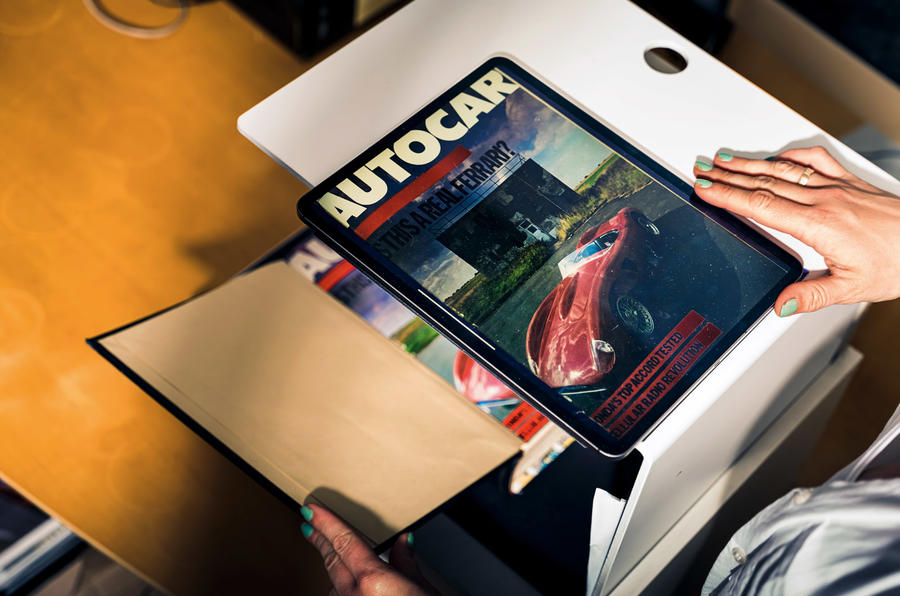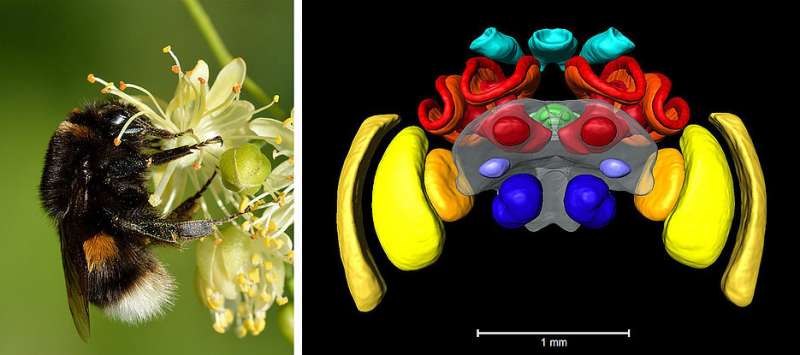Robin Rendle:
I can be whoever I want and no-one can tell me otherwise. I can be funny or dark, a romantic or a raging goth. I can be a typographer, a web designer, a poet. Tomorrow? My accent can change, the colors revert, typefaces flipped inside out; I can change everything about this website and reimagine who I am. Edit the bad or worrisome or downright embarrassing stuff out, throw away the unsavory stuff, until I’m only showing you me at my very best.
So what you see here isn’t me.
In a bit over 200 words, Robin articulates something I’ve been feeling lately. I’m constantly changing, constantly rethinking my behavior, my thoughts, my likes and dislikes, my mindset and view of the world.
I’ve slowed on my blogging because I want to redesign my website again but oh my god I don’t have the time for that right now, but gosh dangit I want to so much. All I’ve been doing the past month is working on my school’s website redesign, and I’ve learned so much. Not just about web development, but about design and typography and even my own aesthetic and sensibilities.
Every time I read something a new, whether it’s from a book or from the web, I add it to my mental library of facts and ideas and opinions, and I let it do its thing up there. If it improves something I thought I knew, then great! If it contradicts with something I thought to be true, that’s great, too! We humans are very good at holding contradictory thoughts in our heads at the same time. If it makes me angry, then it makes me angry, and if it makes me happy, it makes me happy.
I don’t get those stubborn types of people who feel it’s a weakness to change your mind. Why live your life like that? I don’t get it. Maybe it’s just an American thing? More reason to travel the world!
There’s really no point to this post, and that’s okay. I needed to write things down to see what happened, and I liked what happened. So let’s go and post this thing.


